FDA QMS and ISO 13485 Compliance for Medical Device Software Developers
Companies developing cutting edge software for patient monitoring, digital therapeutics, mental health and other applications may wonder if their software is regulated, and if so, how to comply with FDA and international quality management system standards and regulations. Our team of medtech consultants can answer both questions and put you on the path to compliance, quickly and efficiently.
Consulting
Let Our QMS Team Answer These Important Questions …
- We make software, not products. Do we need a QMS?
- What’s involved in meeting FDA and ISO 13485 requirements?
- How do FDA and ISO 13485 overlap? Where do we begin?
- How long will it take to comply? How much will it cost?
QMS Implementation for Developers of Software as a Medical Device (SaMD)
We get it. You need to stay nimble and you don’t want a Quality Management System (QMS) to slow down the development process. You’d rather wait as long possible to implement a full QMS. Unfortunately, the longer you wait, the more challenging it becomes to pass your certification audit and get regulatory approval. Why? Companies that don’t properly document design history and other critical information from the outset end up scrambling to meet key FDA 21 CFR Part 820 and ISO 13485 requirements. Often, it doesn’t end well. Being proactive about QMS compliance early pays off big time once you are ready to submit for FDA or CE Marking approval.
Do You Outsource Software Development?
You can outsource coding but you can’t outsource compliance. Even if you outsource all software development, FDA considers you the “legal manufacturer”, the same status as a medical device manufacturer making physical products. This means you must have a fully compliant QMS. Keep in mind , a well-designed QMS will actually help you to develop a more effective product the first time and minimize rework in the design phase when updates and patches are released.
An Action Plan for Speeding Your Path to Approval
We know most software startups don’t have the internal resources or expertise to implement a QMS and that’s why we take an iterative approach to QMS compliance. We will interview your management team, conduct a baseline assessment and provide a formal action plan based on your unique situation including a timeline detailing your path forward. You then decide if you want to take the next step toward QMS certification!
We Can Assist With:
- FDA & EU Regulatory Pathway
- Design History File (DHF)
- Device & IVD Classification
- ISO 27001 Compliance
- QMS Gap Assessment
- IEC 62304 Compliance
- Document Control
- FDA & ISO 13485 Training
We’re Ready to Help
Oriel STAT A MATRIX specializes in helping life sciences companies comply with US and EU regulations. Learn how we can help determine if your software is considered a medical device and outline the road ahead to gaining FDA approval.

Companies developing cutting edge software for patient monitoring, digital therapeutics, mental health and other applications may wonder if their software is regulated, and if so, how to comply with FDA and international quality management system standards and regulations. Our team of medtech consultants can answer both questions and put you on the path to compliance, quickly and efficiently.
Let Our QMS Team Answer These Important Questions …
How long will it take to comply? How much will it cost?
We make software, not products. Do we need a QMS?
What’s involved in meeting FDA and ISO 13485 requirements?
How do FDA and ISO 13485 overlap? Where do we begin?
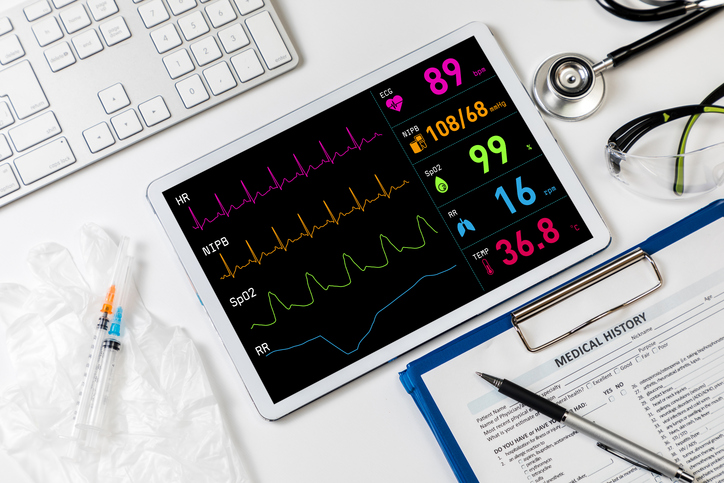
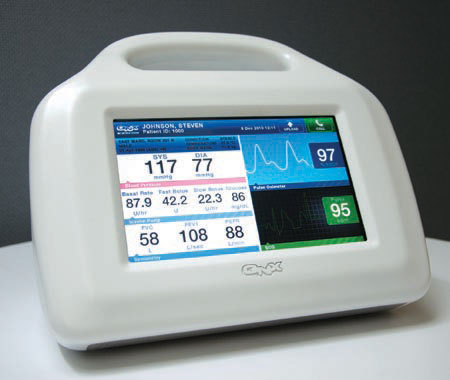
QMS Implementation for Developers of Software as a Medical Device (SaMD)
We get it. You need to stay nimble and you don’t want a Quality Management System (QMS) to slow down the development process. You’d rather wait as long possible to implement a full QMS. Unfortunately, the longer you wait, the more challenging it becomes to pass your certification audit and get regulatory approval. Why? Companies that don’t properly document design history and other critical information from the outset end up scrambling to meet key FDA 21 CFR Part 820 and ISO 13485 requirements. Often, it doesn’t end well. Being proactive about QMS compliance early pays off big time once you are ready to submit for FDA or CE Marking approval.
Do You Outsource Software Development?
You can outsource coding but you can’t outsource compliance. Even if you outsource all software development, FDA considers you the “legal manufacturer”, the same status as a medical device manufacturer making physical products. This means you must have a fully compliant QMS. Keep in mind , a well-designed QMS will actually help you to develop a more effective product the first time and minimize rework in the design phase when updates and patches are released.
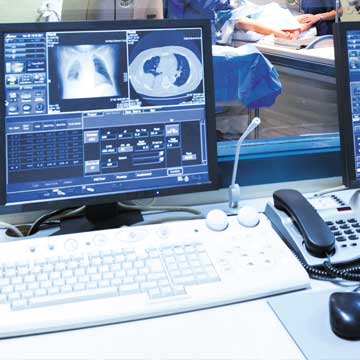
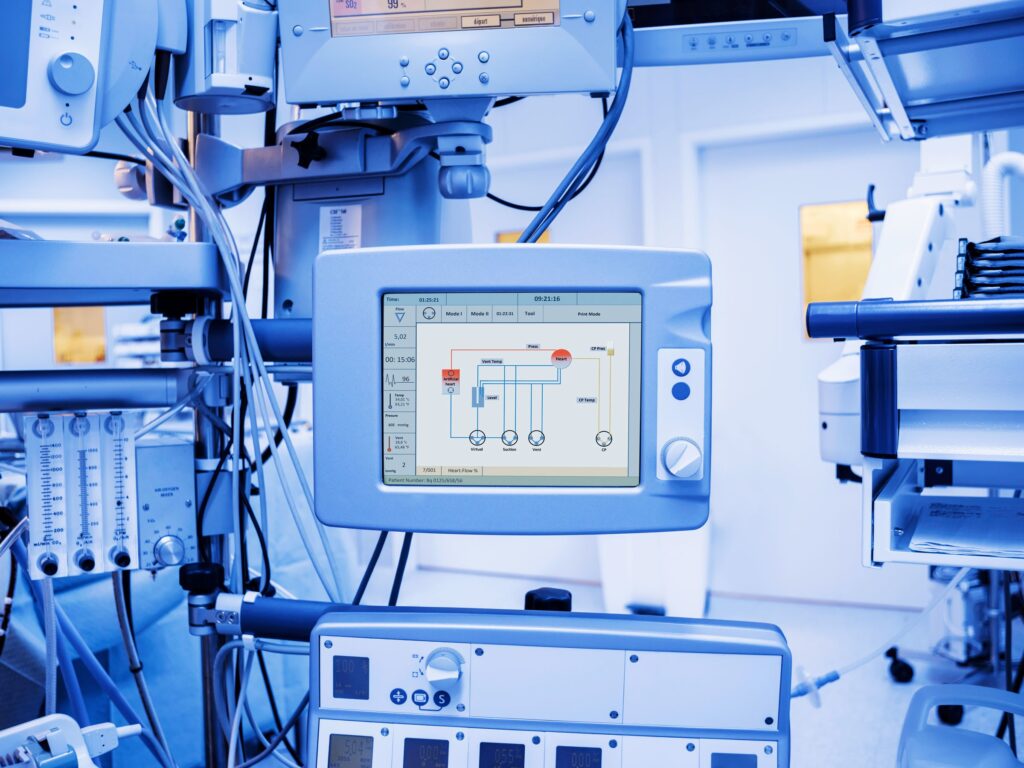
We Can Assist With:
- FDA & EU Regulatory Pathway
- Design History File (DHF)
- Device & IVD Classification
- ISO 27001 Compliance
- QMS Gap Assessment
- IEC 62304 Compliance
- Document Control
- FDA & ISO 13485 Training
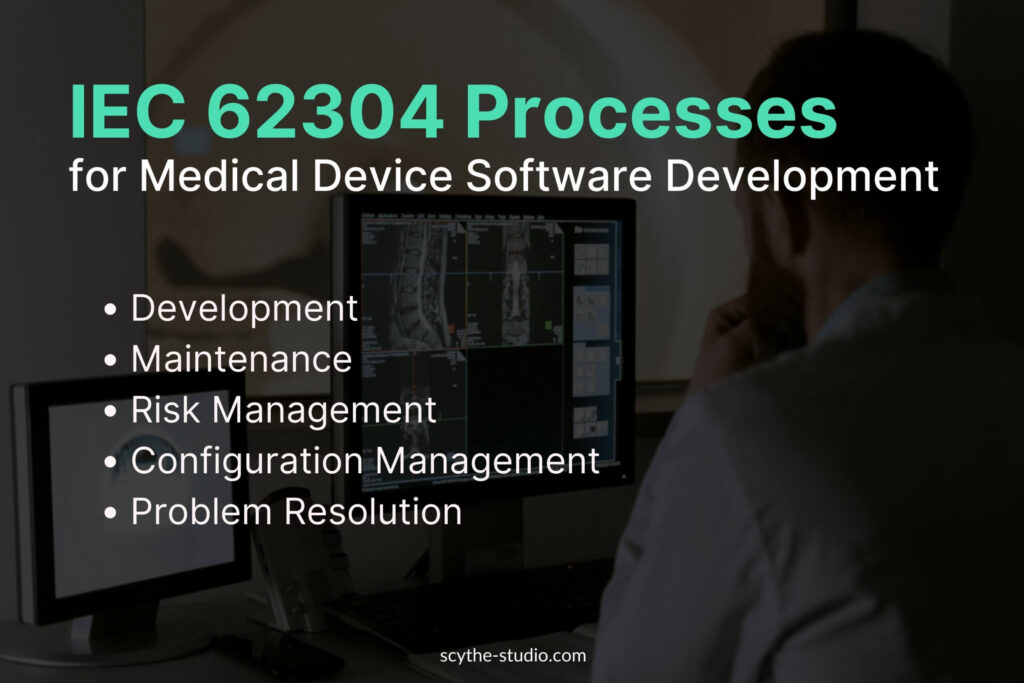
Medical Device Software Consulting & Compliance
Expert guidance for medical devices that include firmware or embedded software
Whether you’re developing a new SaMD (Software as a Medical Device) or updating firmware in an existing medical device, the regulatory and technical challenges are significant. We help you build robust, auditable, and compliant software systems — without sacrificing development velocity.
Why Partner With Us?
Delivering software in a regulated medical environment is a balancing act: stringent safety, regulatory, and documentation requirements must coexist with rapid innovation, Agile practices, cloud platforms, and modern architectures.
Here’s how we stand apart:
Flexible & scalable engagement
Whether you need a full overhaul, gap assessment, coaching, or audit prep, we scale to your needs and team maturity.
Deep, hands-on experience
Our team doesn’t just advise — we build real medical software and have participated in audits, regulatory submissions, and product launches.
Modern methodology meets compliance
You don’t have to choose between compliance and agility. We align IEC 62304, ISO 14971, ISO 13485, and cybersecurity needs with CI/CD, Agile, and cloud-native development.
Audit-ready from day one
We help you produce traceability, documentation, and process evidence tailored to your risk class — so you’re ready for FDA, CE Mark, or other regulatory reviews.
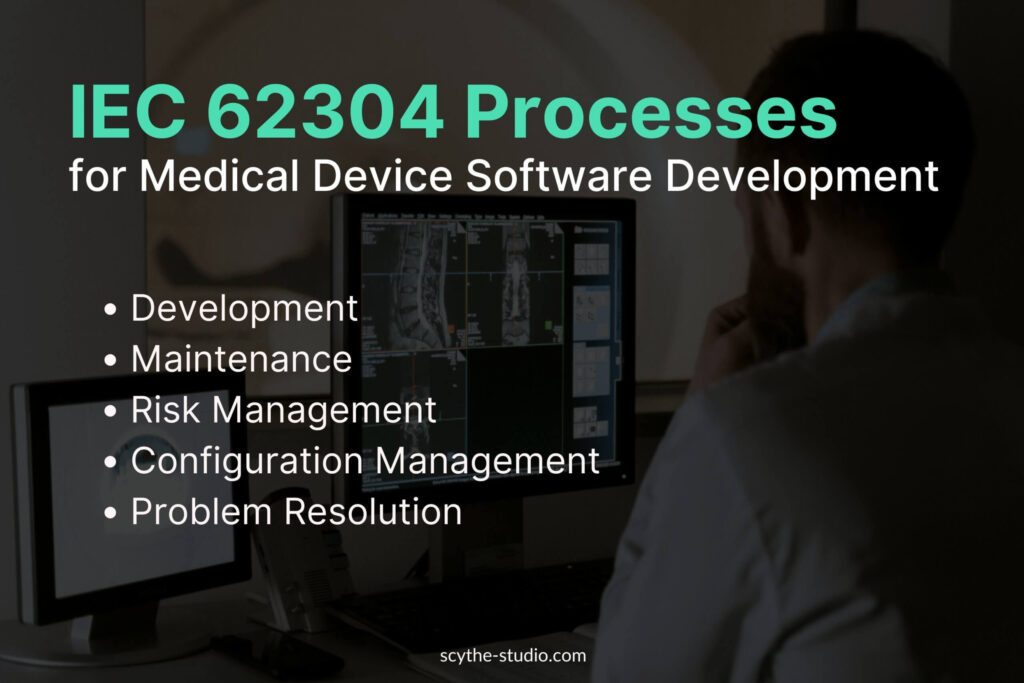
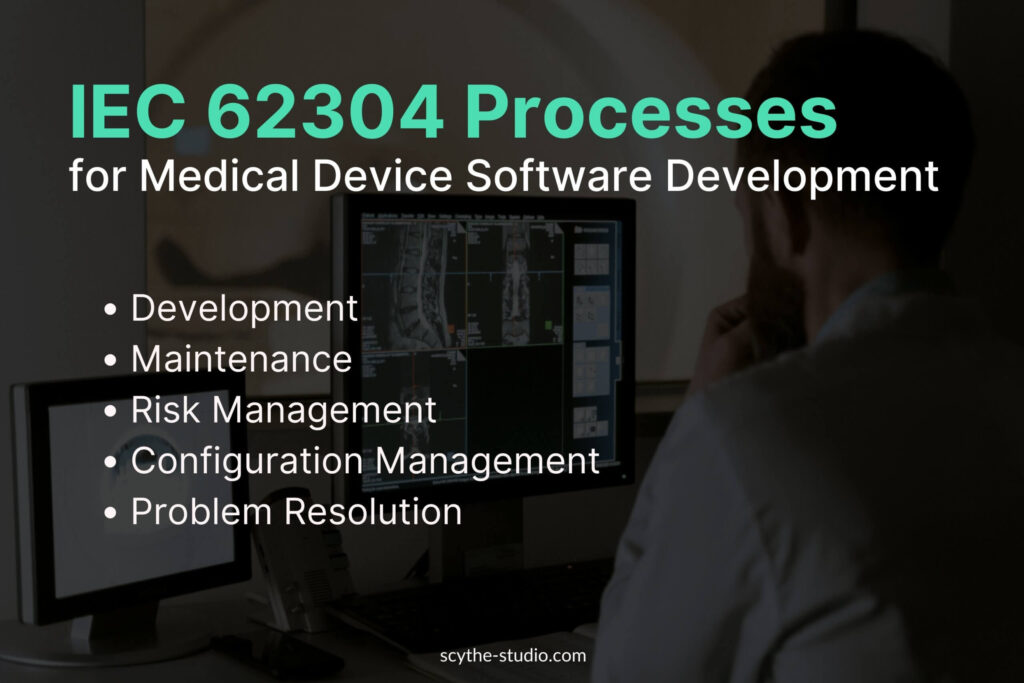
Our Services: Software-Enabled Medical Device Consulting
We support medical device companies across the software lifecycle. Key service areas include:
Technical documentation & submission support
We help you author and organize architecture descriptions, V&V reports, design documentation, and interface everything into a coherent technical file ready for regulatory submission.
Process implementation & lifecycle mapping
We build or remediate your software development lifecycle (SDLC) in alignment with IEC 62304, ensuring each phase (planning, requirements, design, implementation, integration & testing, release, maintenance) is properly defined and traceable.
Gap analyses & audits
We assess your current software development practices against regulatory standards and identify gaps. Optionally, we help you remediate these gaps.
Software risk & classification
We assist you in classifying your software (Class A / B / C) per IEC 62304, and linking to system-level risk analyses as required. We structure software risk management strategies and hazard traceability matrices.
Verification & validation / test strategy
We design test plans, traceability to requirements and risk controls, verification methods (unit, integration, system), and support evidencing compliance.
Cybersecurity & SOUP management
We advise on handling Software of Unknown Provenance components, security requirements, threat modeling, patch strategies, and alignment with newer standards (e.g. IEC 81001-5-1).
Change control & maintenance
Post-market software updates, bug fixes, regression impact analysis, versioning, anomaly handling — we create maintainable processes that preserve compliance over time.
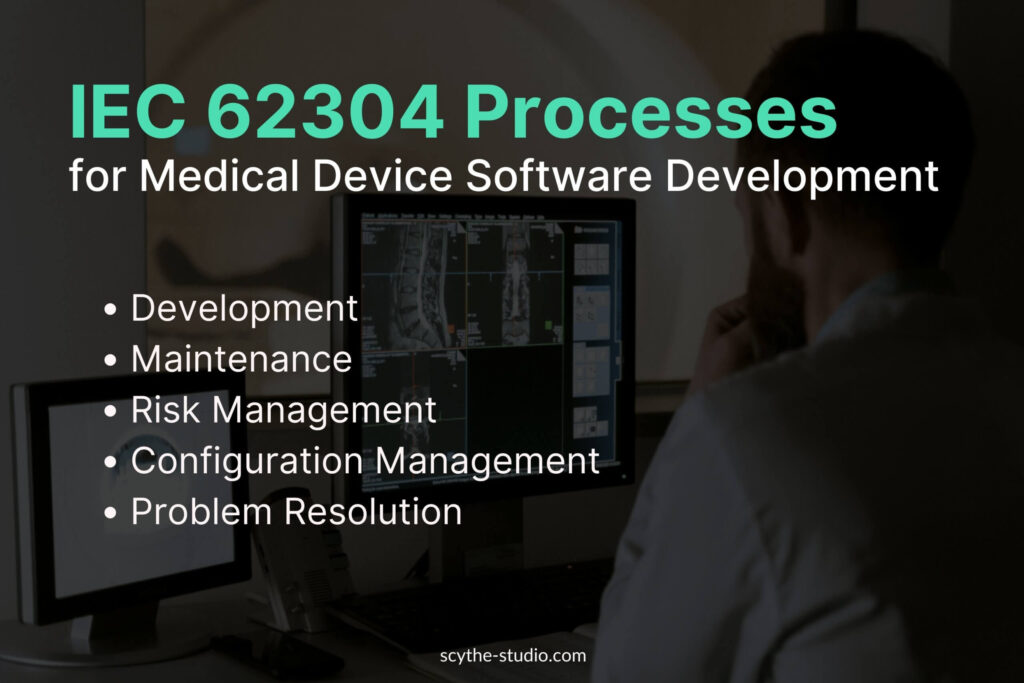
How We Work: Pragmatic, Risk‑Based, and Developer-Friendly
Our process is designed to embed compliance into your development workflow — not treat it as an afterthought. Here’s a typical engagement path:
- Discovery & Gap Assessment
We begin by understanding your product, team, current practices, and compliance posture. - Design & Planning
We co-create a tailored plan, defining roles, deliverables, tools, risk classification, and traceability strategies. - Implementation & Coaching
We help your team adopt the new or enhanced practices, integrate them with your toolchain, and provide hands-on coaching (reviews, workshops, check-ins). - Audit Preparation & Submission Support
When the time comes, we assist with readiness reviews, mock audits, responses to audit findings, and regulatory submission support. - Post‑market Support & Improvement
We stay engaged if needed, help with updates, corrections, regulatory changes, continuous improvement, and evolving standards.
Throughout, we emphasize lean documentation, traceability, and risk-based decisions. We only enforce rigor where needed for safety and compliance — minimizing unnecessary burden.
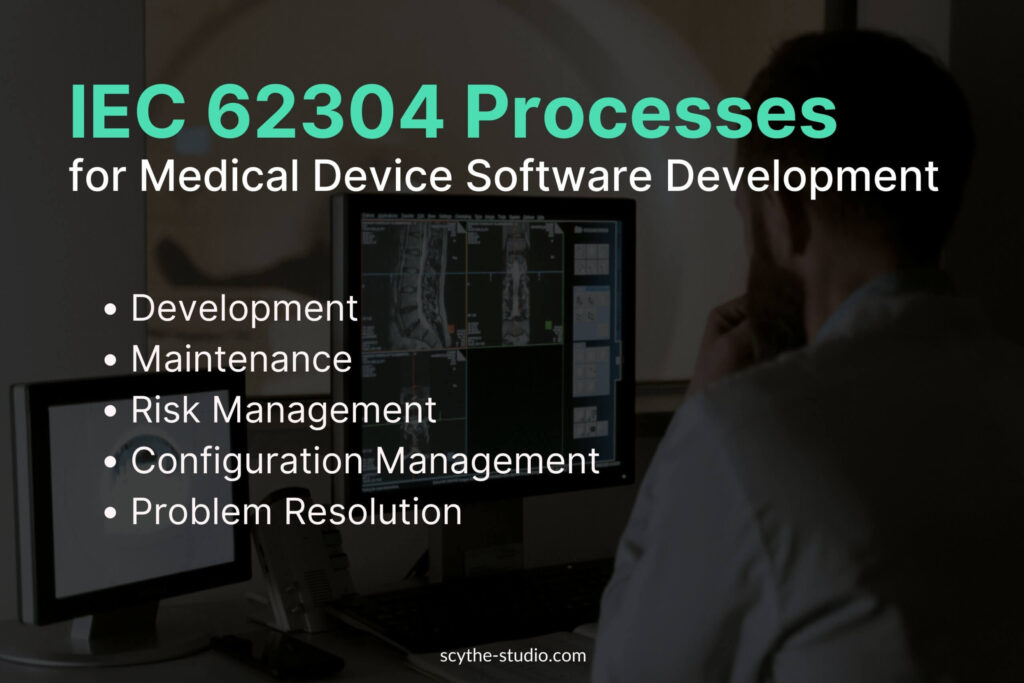
Call to Action
Ready to bring rigor, safety, and regulatory confidence to your medical software development?
→ Book a Free Consultation
Or request a Gap Assessment Proposal and receive a customized roadmap for compliance.